1. The Mall Arcade
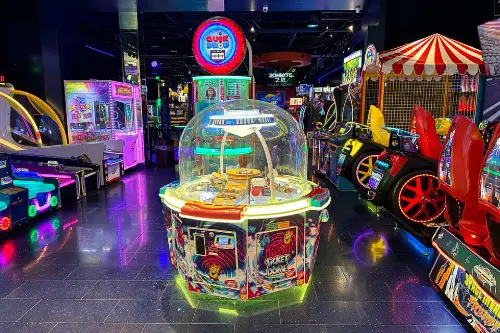
In the ’80s and ’90s, mall arcades were the ultimate teen hangout. The flashing lights, clinking tokens, and booming soundtracks created a sensory overload that felt like freedom. Whether you were battling in Mortal Kombat or trying to beat the high score on Galaga, it was the place to be. It wasn’t just about games—it was about community.
Today, arcades have mostly disappeared from malls, replaced by mobile gaming and home consoles. A few retro arcades survive, but they’re more novelty than norm. The social aspect of gaming has moved online, and the quarter-eating machines are mostly gone. For those who remember, it’s a lost world of joystick glory.
2. CD and Record Stores
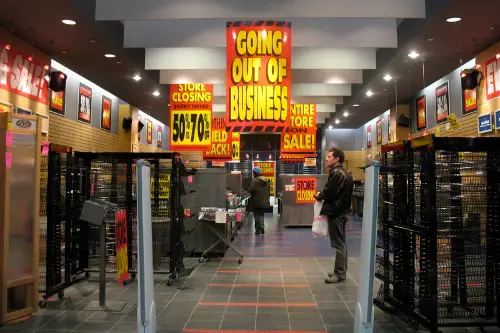
Stores like Sam Goody, Tower Records, and FYE were once mall staples. You’d spend hours flipping through jewel cases, listening to samples, and debating which album to buy with your allowance. Music stores were cultural hubs where you discovered new artists and bonded with fellow fans. It was a tactile, immersive experience.
Now, streaming services have made physical media nearly obsolete. Most of these stores have closed, and music discovery happens via playlists and algorithms. Vinyl has made a niche comeback, but the mall music store is largely a thing of the past. And with it went the thrill of the hunt.
3. Photo Booths
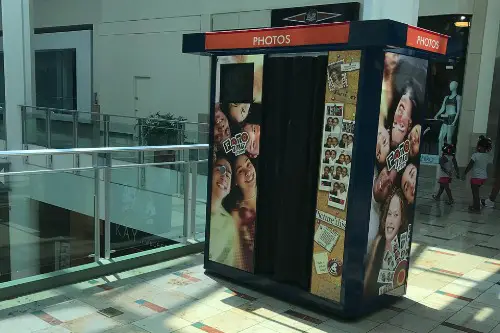
Photo booths were a must-stop on any mall trip with friends. You’d cram into the tiny space, make goofy faces, and wait for the strip of four photos to print. Those grainy black-and-white shots ended up in lockers, wallets, and scrapbooks. It was low-tech, spontaneous fun.
Smartphones and selfies have made photo booths nearly extinct. You might still find one at a wedding or trendy bar, but they’re no longer mall fixtures. The charm of waiting for a physical photo has been replaced by instant digital gratification. But those old strips still spark joy when you find them years later.
4. Sbarro Pizza
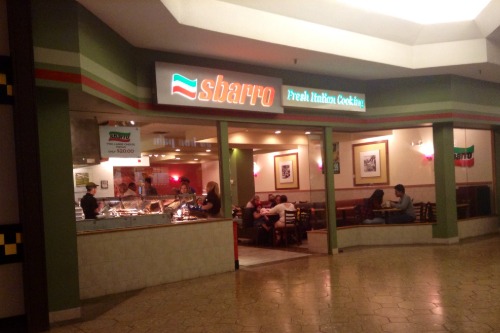
Sbarro was the unofficial king of the mall food court. Its oversized slices and glowing heat lamps were a beacon for hungry shoppers. It wasn’t gourmet, but it was fast, filling, and familiar. Everyone had a go-to order, and the smell alone could lure you in.
While Sbarro still exists, its mall dominance has faded. Food courts have diversified with more upscale and health-conscious options. The era of greasy, grab-and-go pizza is quietly fading. But for many, Sbarro still tastes like teenage freedom.
5. Fountain Courts
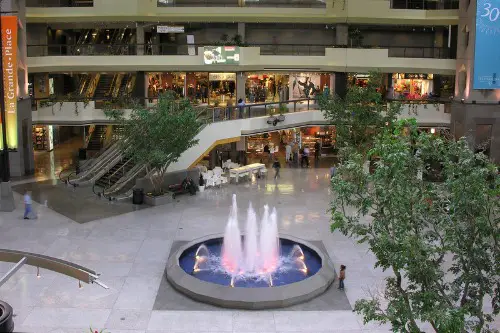
Every mall had a central fountain—usually surrounded by benches, plants, and tossed pennies. It was a place to rest, people-watch, or meet up with friends. Some even had koi fish or dramatic sculptures. It gave the mall a sense of elegance and calm.
Today, most of those fountains have been removed or replaced with kiosks and retail displays. Maintenance costs and changing design trends made them impractical. But they were once the heart of the mall, offering a moment of serenity amid the shopping chaos. Now, they’re just a memory for those who grew up with them.
6. Mall Movie Theaters
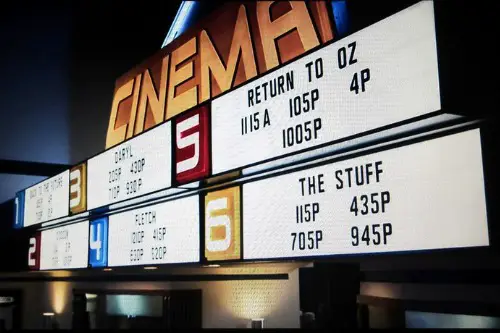
Catching a movie after shopping was a classic weekend plan. Mall theaters were convenient, affordable, and often the only place in town showing the latest blockbuster. You’d grab popcorn, sneak in snacks, and maybe even hold hands in the back row. It was a full experience.
Streaming services and standalone megaplexes have made mall cinemas nearly obsolete. Many have closed or been converted into retail space. The magic of stumbling into a movie after buying jeans is mostly gone. But for those who remember, it was peak adolescence.
7. RadioShack
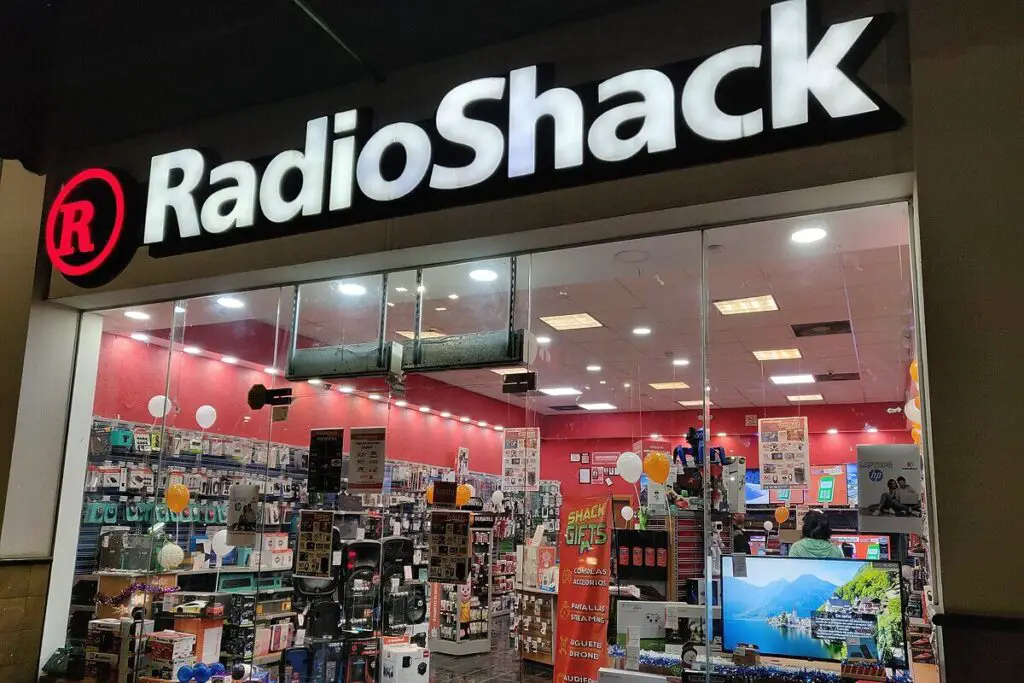
RadioShack was the go-to for batteries, cables, and obscure tech parts. It was a haven for DIYers, hobbyists, and anyone trying to fix something weird. The staff always seemed to know exactly what you needed—even if you didn’t. It wasn’t flashy, but it was essential.
As electronics became more disposable and online shopping took over, RadioShack couldn’t keep up. Most locations have closed, leaving a void in mall tech retail. It’s a reminder of a time when fixing things was more common than replacing them. And for many, it was the first place they learned to tinker.
8. In-Mall Fashion Shows
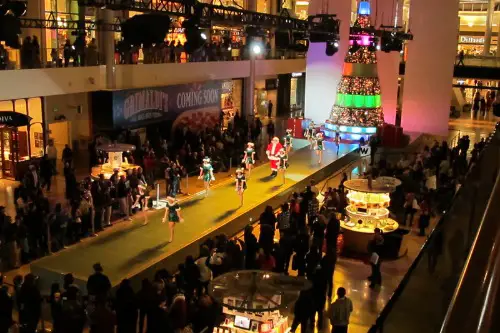
Yes, malls used to host live fashion shows—often right in the middle of the concourse. Local teens would model the latest from stores like Wet Seal or The Limited. Shoppers would gather, cheer, and maybe even score a coupon. It was part entertainment, part marketing, and totally mall culture.
Today, fashion shows have moved online or into exclusive venues. Malls no longer serve as community stages in the same way. But those spontaneous, slightly awkward shows brought a sense of fun and flair. They made shopping feel like an event, not just a transaction.
This post 8 Things That Used to Be in Every American Mall (Now They’re Just Ghost Stories) was first published on American Charm.


